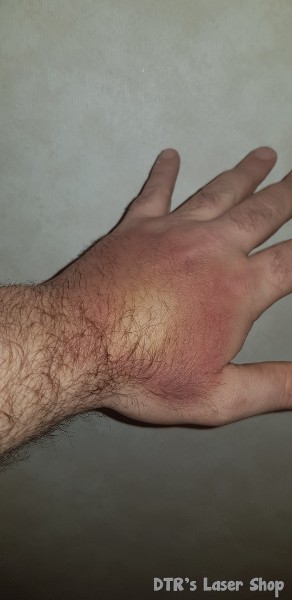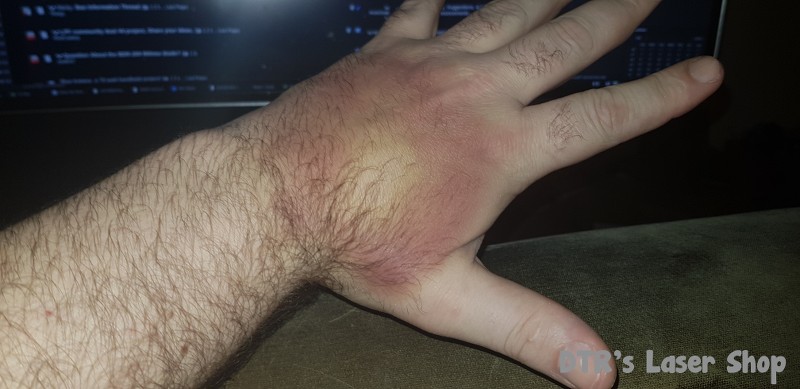- Joined
- Sep 20, 2013
- Messages
- 20,284
- Points
- 113
How do you figure 14 3.9 ohm resistors in parallel would give you 2.66 ohms? :thinking:

Follow along with the video below to see how to install our site as a web app on your home screen.
Note: This feature may not be available in some browsers.



I can see the utility in having a jig to set drivers on, but I would never run them through on a hot supply as that is the best way I know to kill one. I know it is a PITA, but setting your supply every time when I am setting up a driver has saved me countless times from really stupid errors because you can't be aware of everything going on all the time. It also works quite well when driving LDs to check the wavelengths when you have twenty or more to do.
I think a linear driver is a bad idea for running that much current. There has to be a buck that would work for this. Far less waste heat to worry about.
If a bunch of diodes in series, compared to using individual drivers, the loss or heat is divided by the number of diodes being driven, it isn't that much.




What I meant by the heat divided by the number of drivers might not have been fully understood by some, now that I'm reading what I wrote I'm not sure. I meant, for example, lets say you have 10 diodes with 10 drivers, and the heat loss is, for example, 5% in the driver, add the heat being lost per driver together and you get a sum of heat, now compare how much heat you are getting from a single LM338 driver, or two of them etc. which has a far lower efficiency, how much difference between them? I think the cost savings is worth it to use two or three less efficient drivers than 10 more efficient ones.
Of course, much depends upon how close the output voltage is to the supply voltage, if the two differ too much, now the heat being produced is huge. I.E. 30 volts input, 12 out... Nope! Don't do that. Sure, for the LM338, if enough heat sinking, it works, but the proper way to design it is to have your supply voltage closer to the output voltage needed so there is less power loss regulating the output. As long as you keep the dropout voltage consumed in mind along with other ohmic losses, should work great.
I figured with 12 18650 cells in series the LM338 will hardly have to dissipate anything, actually with the sag 12 may not be enough.
I don't know why you are not getting that x-ray'd asap!

